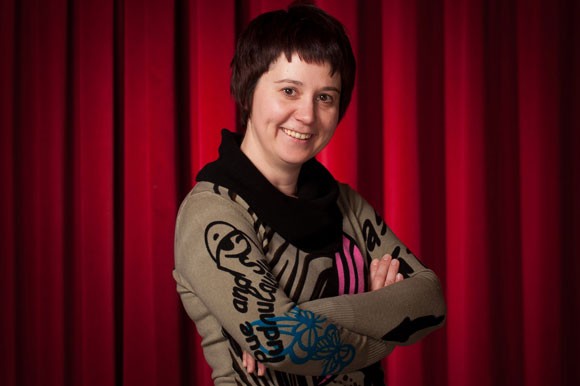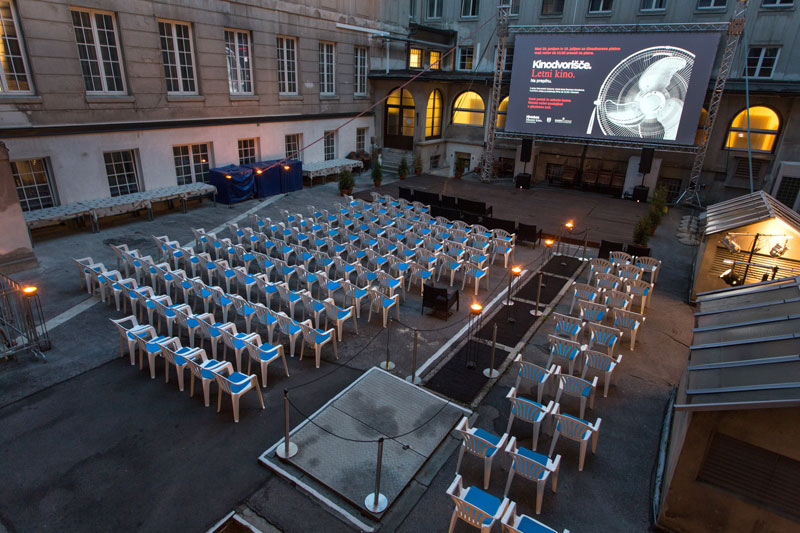
FNE spoke to Peče, the manager of Kinodvor Cinema, an event-cinema opened in 2008 in one of the most luxurious cinemas in Ljubljana from the 1920’s. She told FNE about the strategy of a municipal cinema and the diversity of films and events that comes with it, about the main Slovenian film festivals hosted by Kinodvor and also about Kinobalon, a programme for youth, children and parents.
The cinema built in 1923 was nationalised in 1946 and kept the name of Kino Sloga (Sloga Cinema) until the beginning of the 1990's when it was renamed Kino Dvor. The Municipality of Ljubljana, the Ministry of Culture of the Republic of Slovenia and the Slovenian Cinematheque decided to renovate it in 2002. The new Kinodvor was opened on 1 October 2008.
Nina Peče studied Cultural Studies at University of Ljubljana, and worked as the director and head of film distribution for Otok - Institute for the Development of Film Culture, and also as the director of Isola Cinema - Kino Otok Film Festival. As a cultural producer and events and public relations freelance manager she has joined the organizations of key film festivals in Slovenia. Peče was appointed director of the Kinodvor municipal cinema in Ljubljana, Slovenia in May 2008.
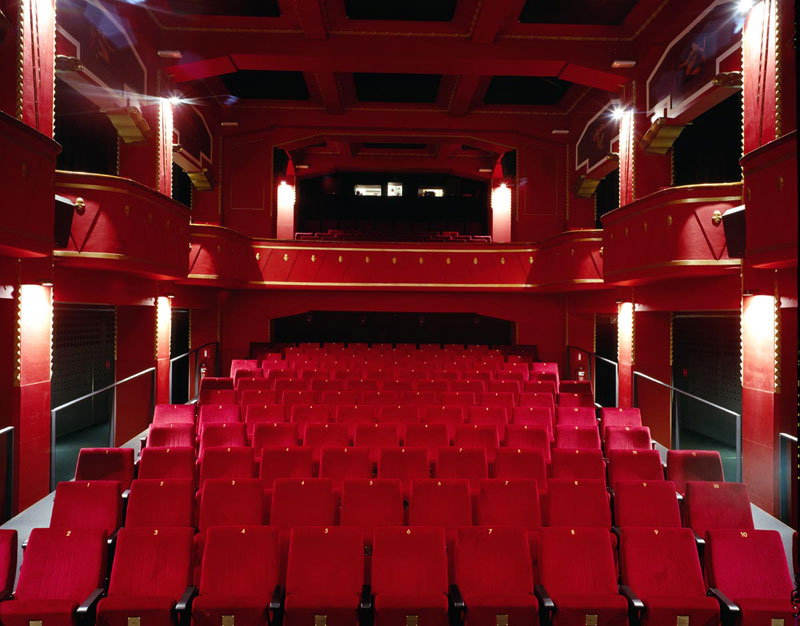 What is the biggest challenge of running a cinema such as yours?
What is the biggest challenge of running a cinema such as yours?
The main challenge is to believe and understand why cinema is important and to convince as many people as possible of this idea. We run a municipal cinema that is a public institution. Our mission is to offer a diversified quality programme to a wide range of target audiences. Our professional goal is to develop movie-going habits among people. So we need to build bridges between our cinema and different generations. With generations we do not only mean people of all ages, but we also understand ‘generations’ in terms of different tastes, habits and lifestyles. Although we have two screens, we have only one main hall with a seating capacity of 197. It is not easy to achieve all of this in what is basically a mono-screen cinema. So often I imagine us as “men on a tightrope,” trying to find a delicate balance.
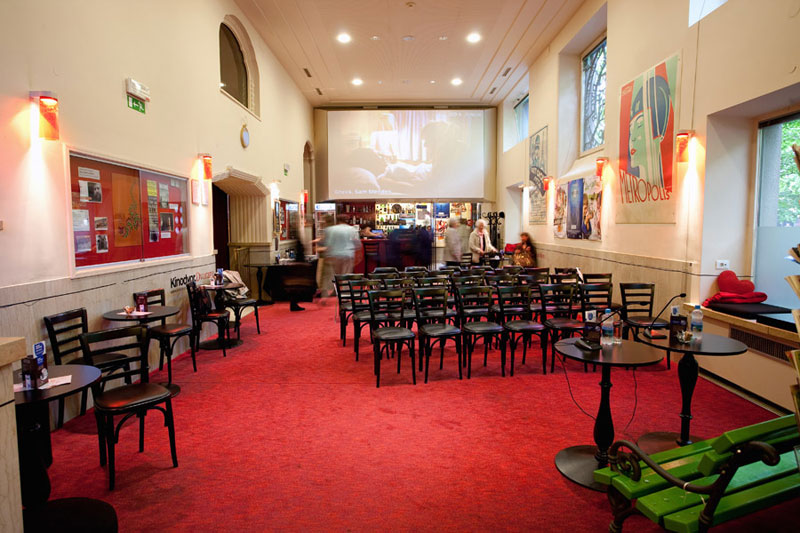 What kinds of films do you prefer to screen and why?
What kinds of films do you prefer to screen and why?
Although the Kinodvor programme is from the European perspective a typical art house cinema, we tend to use the term “city cinema.” By doing this we want to stress that the range of films we screen is wider than what audiences in Slovenia would traditionally categorize under art house cinema. Generally speaking our goal is to offer films that provide more than mere entertainment. We call them quality films for a wide, but more demanding audience, so programme diversity if what we offer and prefer to screen.
This sounds intentionally quite vague and general, since it covers a very wide range of types of films. But we believe the common denominator is quality, and over the past four years, our audience has a clear understanding what we mean by this and appreciates it. This year we opened hard core art house titles, masterpieces such as Bela Tarr’s The Turin Horse and Jerzy Skolimowski’s Essential Killing, but at the same time we also run American top studio-productions by A-list directors such as Spielberg’s The Adventures of Tintin and Fincher’s The Girl with the Dragon Tattoo.
One of our founding principles when we launched the cinema was that both audiences and films have to feel at home with us. To make audiences feel good with us we put a lot of effort into the way we present films. By this we mean not only having technically perfect projections and offering undisturbed viewing conditions (for instance no food or drinks are allowed in our halls), but also introducing the films properly (through good text-materials, interesting or challenging accompanying events, such as panels, exhibitions, etc). The idea that not only audiences, but also films prefer to come to Kinodvor is quite dear to us.
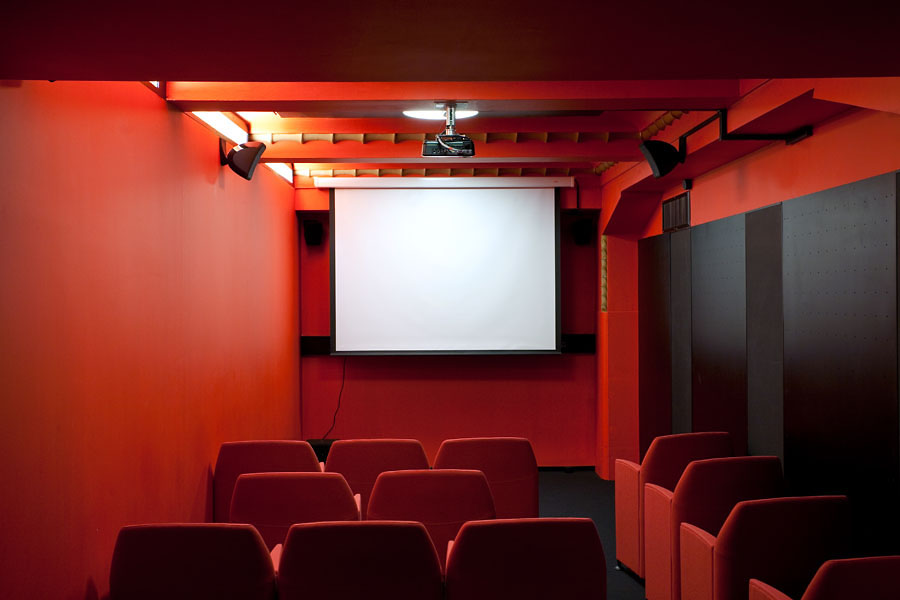 The cinema is home to many festivals, events and film weeks. Why are these important and what do they achieve?
The cinema is home to many festivals, events and film weeks. Why are these important and what do they achieve?
Besides being a first-run cinema, about a quarter of our programme consists of what we call fulfilling our cultural mission. Since we are a public institution funded by the cultural department of the Ljubljana municipality, we have an obligation to offer space to the non-profit oriented cultural sector engaged in the promotion of film culture. It might sound misleading speaking in this context of an obligation, since it is an absolute pleasure to be able to host, for instance, practically all Slovenia’s main film festivals.
We are home to the International Animated Film Festival Animateka (www.animateka.si); we are one of the main venues and festival centres of Slovenia’s leading film festival the Ljubljana International Film Festival (www.en.liffe.si); we coproduce Kino Otok/Isola Cinema festival (www.isolacinema.org); we partner with and host the film programme of the City of Women International Festival of Contemporary Arts (www.cityofwomen.org); every spring we’re one of the venues of the Ljubljana Documentary Film Festival (en.fdf.si/ljubljana-documentary-film-festival), etc.
All these events are extremely important to us for a lot of reasons. To name just some of them: they bring us a substantial part of our annual number of admissions. They are very important moments in the cultural agenda of our institution; in this way they pace our season. They add a lot of event-value to our cinema. They are crucial as networking events, both for our regular audience and for the occasional festival audience. They are precious promotional platforms to launch the films we are opening later on.
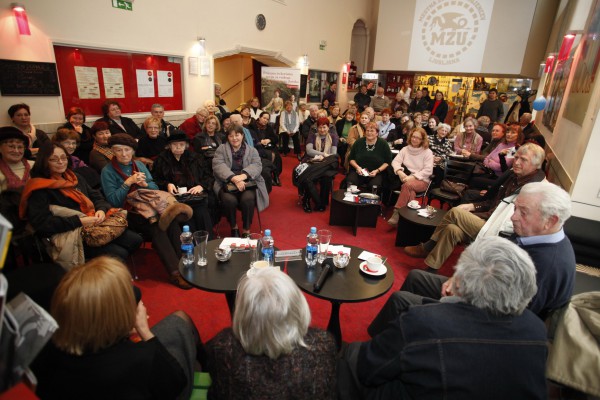 What is role of Europa Cinemas for cinemas such as yours cinema and why is it important?
What is role of Europa Cinemas for cinemas such as yours cinema and why is it important?
Kinodvor was already a member of Europa Cinemas before it became a municipal cinema in 2008. In 2003 Kinodvor was one of the first art house cinemas in the country. As such it initiated the Slovene art cinema network and was determined to become a member of the stronger international film community. Today this remains an important part of our mission.
Kinodvor is a member of several networks operating both in Slovenia and abroad. We’ve gained a lot by this. We’ve learned a lot from our Europa Cinemas partners. We’ve been able to develop and improve some of our programme and business ideas by listening to the experiences of our foreign colleagues. For instance, by attending the Europa Cinemas Young Audience seminar in Bologna, we’ve enriched our own Kinobalon programme. Kinobalon - which is the label of our Young Audience and Film Educational programme and which won the Europa Cinemas Best Young Audience Activities Award in 2010.
Of course, as a Europa Cinemas member, we also benefit from their financial support. As a small-scale, independent non-profit cinema, this financial injection – albeit relatively small – is to us of vital importance. We’ve encouraged other cinemas of the national art cinema network to join Europa Cinemas as mini-networks. I believe this year Slovenia will again contribute some new members.
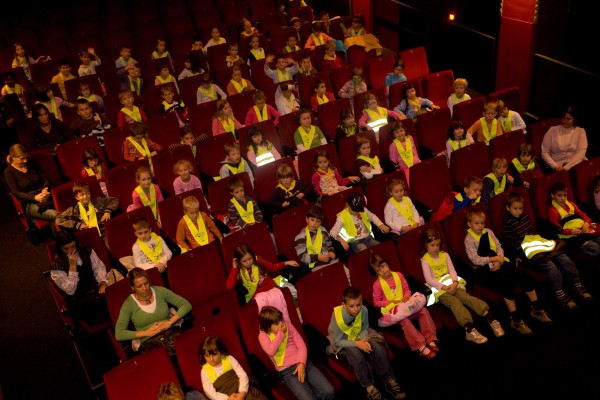 How does a cinema like your serve the local community?
How does a cinema like your serve the local community?
According to a survey made in our cinema by the Faculty of Social Studies a few years ago, most of our audience comes from the local community. The City of Ljubljana established Kinodvor because the previous art house cinema closed down and the remaining two city halls were run by the principle multiplex concern. The latter had little interest in those two remaining screens in the city centre, due to its alleged lack of commercial value.
Upon its establishment the town expected Kinodvor to have annually 50,000 admissions. Kinodvor largely exceeded those estimates. We reached almost 70,000 in 2009, 15% more in 2010, again 25% more in 2011 and it’s growing still in 2012: by June 2012 we had already surpassed 50,000 admissions. These numbers clearly indicate that there is a growing need and interest in Ljubljana for quality cinema. But Kinodvor is also an important film centre that offers more than just film screenings. We organise talks, workshops, events, festivals and other activities that accompany our films. We have the only bookshop in the country that is specialised in film, and a gallery.
And last but not least: to compensate for our single screen, we have bought a mobile 35mm projector. With this equipment we can offer open-air cinema in Ljubljana and Slovenia, and we are providing technical facilities for one of the venues of the Ljubljana International Film Festival. We have also turned a small space in our building into another screening room with 25 seats. Our so-called small hall offers a specialized documentary and children’s film programme. To conclude, we could say we are really optimizing and using every single corner of our building, turning it into a true city cinema for all generations.
How does the cinema fulfill its role of cultural diversity - maybe you can give some examples such as programming of European films, films from countries outside MEDIA countries such as Asia, Latin American and in the Mediterranean region?
As mentioned before, we offer a lot of cultural diversity in our programming through our involvement in festivals. Still, also in our regular programming, diversity comes first. To give some numbers of our 2011 programming: 68% of the films we screened were European, of this 55.2% were non-national European. It is true that of the 32% of non-European films the majority are American. Still a lot of non-American titles are screened within the respective festival contexts.
Can you say something about your work with young audiences?
The Kinobalon programme consists of two closely linked entities: the children and youth programme aimed at young audiences (and their families) and the educational programme aimed at schools. The young audience programme is carefully selected and takes into account various age groups and different kinds of film. For some of the films presented in Kinobalon we prepare an accompanying booklet, which is edited by experts and is given free of charge to children seeing that particular film. These booklets present the characteristics of the film to a child and promote further independent creative work and play.
Kinobalon’s school programme is an everyday activity taking place during the school year. Teachers from all over Slovenia select programmes from Kinobalon’s school catalogue of films and activities. All screenings are introduced by experts. For the majority of films we provide accompanying teaching materials and we create and propose special workshops and lectures adjusted to the film’s subject and the age level of the children involved. Educators are encouraged to prepare children and students for the screenings of the film. So they give them essential information about the film, its genre, themes, etc. They are also encouraged to reflect on film after the screening, either immediately afterwards in cinema or in their class rooms. The aim of the Kinobalon young audience programme is to familiarize children, students, parents and teachers with the films shown. They are encouraged to watch critically and to contemplate the films, which is the necessary condition for any active and creative participation in media culture and art.
What about the digitalisation of cinemas? How will it affect your work and your cinema?
Kinodvor bought its digital equipment in the autumn of 2011 with funding from the MEDIA Call (Digitalisation of Cinemas) and from its own financial resources. At the moment we are the only cinema in the Slovene art house network that can run DCPs, and meets the DCI standard. But also the multiplex chains are lagging behind in the digitalisation process. In most cases they have equipped one or two screens in order to be able to run Hollywood’s 3D titles. In 2011 public funding was reserved to partially fund the digitalisation of Slovenia’s art house network.
Unfortunately, the government decided later that year to remove all funding. Despite the fact that without at least partial public funding it is impossible for practically all the art house cinemas in Slovenia to self-finance the digitalisation of their screens, it remains unclear if and when public funding will be made available for this important infrastructural project. In other words: everybody realises that we are in a major transition phase, but there is a great uncertainty about the future. Since our territory is very small; since independent films tend to be released on a small amount of prints (often only on one print, and for this often low-cost used prints were used; used prints that are less and less available!); since the costs for producing Slovene subtitled DCPs are relatively high (often even higher than releasing a 35mm print); since there are practically no screens available; the distributor’s options have decreased.
A number of titles that would have been released in the past are no longer theatrically released. We have had the case earlier this year, when the studio decided not to release Martin Scorsese’s 3D Hugo, because it was considered “not commercial enough”: the 3D subtitling costs are simply too high to be able to recoup on such small territory. And on the other hand some independent distributors have decided to release certain small, independent titles on Blu-ray.
Javni zavod Kinodvor
Kolodvorska 13
1000 Ljubljana
Phone: 386( 0)1/239 22 14
Mobile: 386 (0)30/ 315 702
Fax: 386 (0)1/239 22 16

